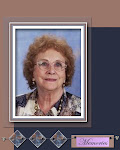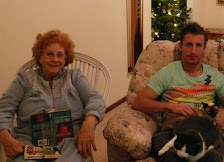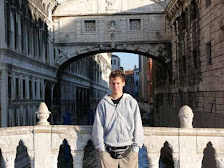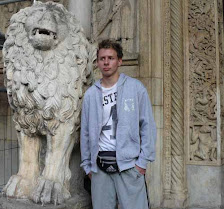Groups of people, in black-and-white or sepia colour, are here portrayed
by the camera, posing for posterity. All are in their best clothes arrayed.
Bearded men, all with tall hats, coats, pipe-stem trousers, white shirts
and Adam’s-apple-pinching celluloid collars, gaze solemnly down.
Although they vary in age, all the women wear their hair up in a bun.
Garbed in waist-hugging gowns, modestly buttoned up to the neck,
leg-o’-mutton sleeves, and lace or flounces on shoe-length skirts,
solemn-faced pioneer women pose for their portrait to be done.
For the early settlers this would have been one of life’s special occasions,
undertaken because expected of them by the conventions of their time,
in commemoration of an important event for their future generations.
But now every tableau of early settlers is speckled by age and grime.
On distempered walls old paintings in oils, now crackled by decay,
are no longer hanging resplendent in once-ornately-gilded frames.
Like the images of pioneers and watercolours from another day,
their origins concealed by time, very few reveal artists’ names.
In glass cases, displayed amidst trinkets on a mildewed velvet tray,
lie gold wedding rings engraved with time-obscured inscriptions.
On one homely cottage table a mishmash of artifacts in disarray
vies with bric-a-brac no longer bright, defying of descriptions.
Here and there, with motley collections arranged along each wall,
is a bust of some once-famous man or an unknown ancient god.
Wormy rows of hide-bound volumes venerate the rise and fall
of some ancient civilizations, for centuries beneath the sod.
Among images and relics of once-valued, vanished glories,
are remnants from times long ago that have special tales to tell.
But few who enter this musty shop care to learn about these stories.
Changing times bring changing customs and other goods to buy or sell.
Subscribe to:
Post Comments (Atom)








No comments:
Post a Comment